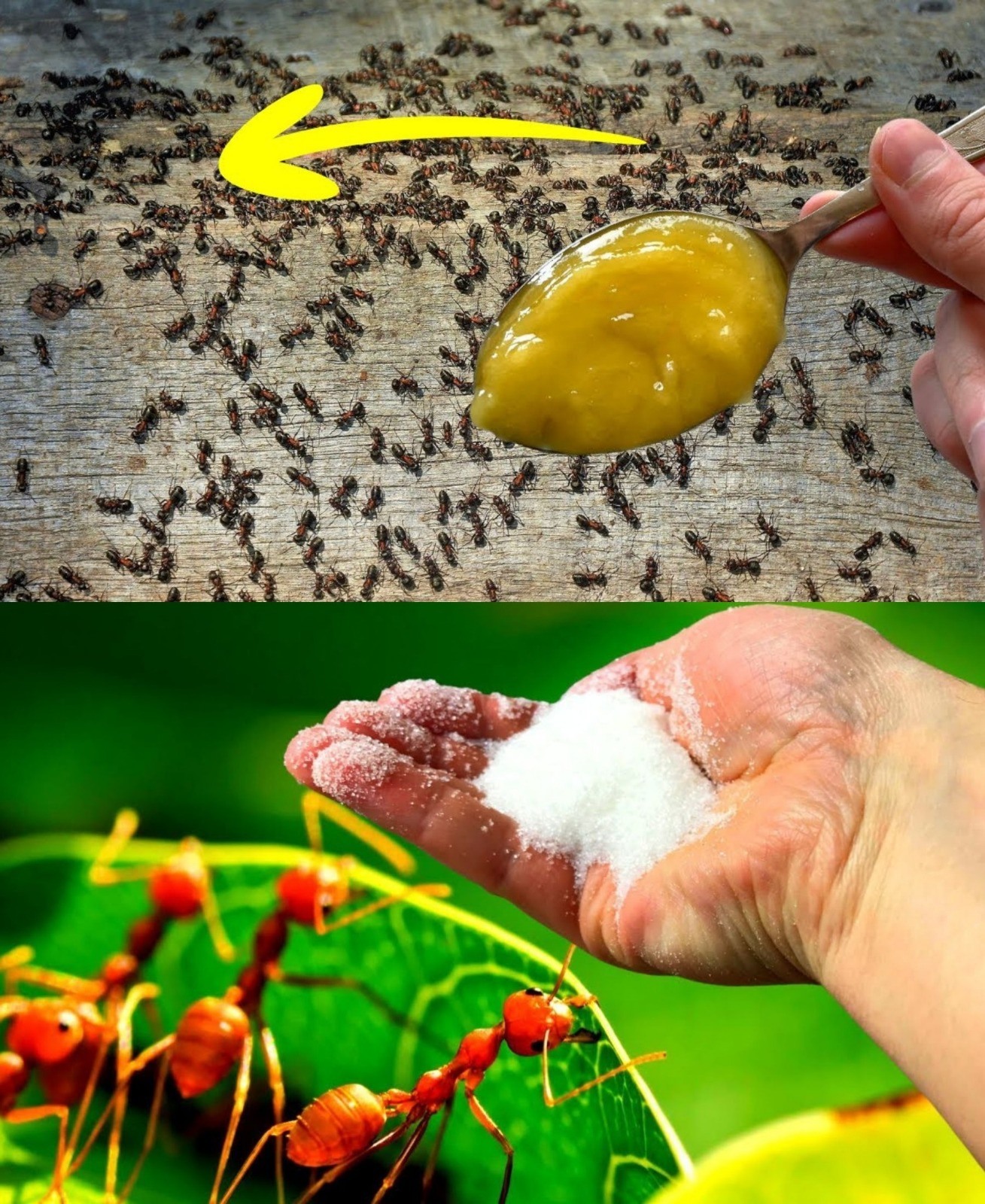After a few hours, the ants will have accumulated the later by distributing it across your plants, and they will then carry it to their anthill that they have constructed. In this manner, they will never return to the area that contains your garden, so preventing any more harm from being caused.
When it comes to the little parasites that are responsible for carrying aphids, the following materials are effective cures that can be used to combat them: yeast, cinnamon, turmeric, and baking soda.
For the purpose of preventing ants from rapidly spreading aphids on the plants, it is of utmost significance to carry out these actions in an impeccable manner.
Through this process, they do significant harm to the plant since they consume the juice that is contained inside the leaves, which ultimately results in the death of the plants.
What you should know is that: the means by which ant colonies may be prevented from appearing
That being said, prior to using this natural therapy, it is of the utmost need to make an effort to forestall the formation of ant colonies. In situations like these, it is usually better to carry out some preventative activities rather than being compelled to eliminate a colony that is placed in the garden. In fact, doing these operations is always preferable.
An other natural option that may be used in this scenario is the utilization of certain plants that emit a specific odor that is quite disagreeable to ants.
You will not be able to continue with the do-it-yourself cure that was discussed before, which involves utilizing corn flour.
The orchard and the garden are the outdoor areas that are most likely to be affected by anthills. When these insects come in large numbers in your garden, the only remedy that is both practicable and effective to use in these circumstances is to scatter maize dust. This is a fantastic remedy for a solution that is legitimate.
There is one more item to consider with corn flour: some concluding remarks
Continue Reading in next page

